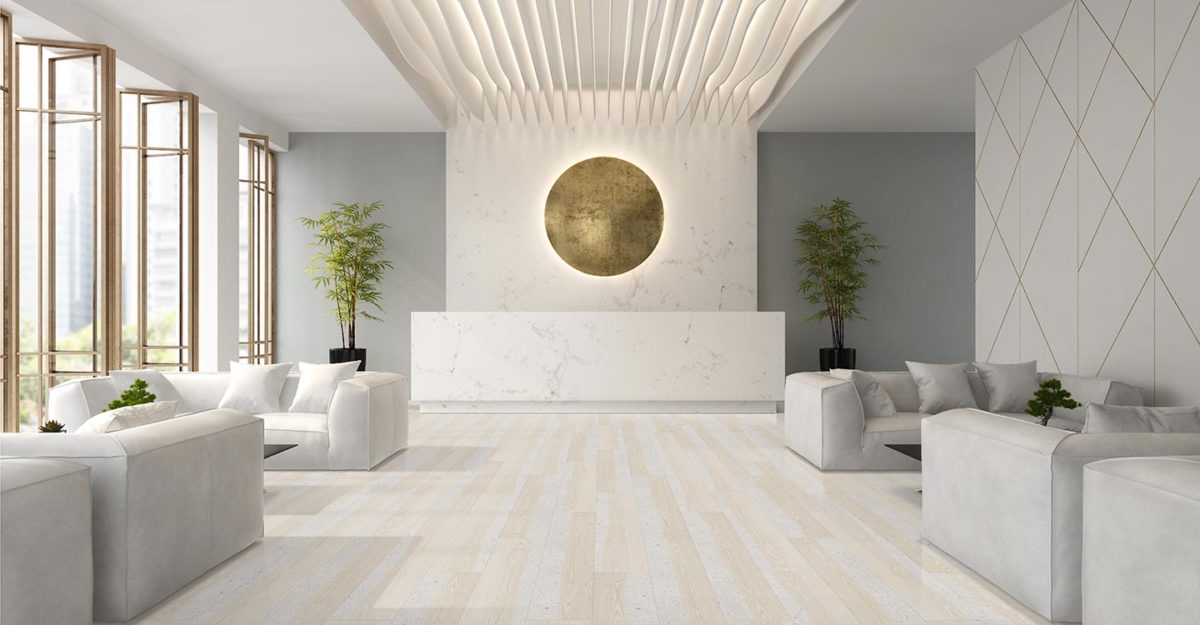Today’s workspaces tap into design for a boost in efficiency and comfort. People often consider things like furniture, light fixtures, or wall art. Yet, they tend to overlook an essential aspect—the floor beneath their feet. Smart flooring systems, designed to combine innovation with practicality, have emerged as the unsung hero of contemporary offices.
These systems not only enhance aesthetics but also contribute to sustainability, flexibility, and advanced technology integration. So, let’s delve deeper into this zone where smart flooring is changing office spaces today.
Enhanced Aesthetics and Practicality
Smart flooring is a mix of form and function. Offices nowadays need to look sharp, with the floor setting the stage for this appeal. Smart flooring systems let users choose from different materials or finishes that not only meet design tastes but also last long.
These floors resist slips and are easy to clean, which are ideal features in places where many feet tread daily. From engineered wood’s smooth charm to modular tiles’ futuristic draw, smart floors elevate office spaces by balancing aesthetic allure with function.
Boosting Sustainability in the Workplace
Caring for the planet is a priority that businesses can’t ignore. Here, smart flooring plays its part well. Many such systems use green materials like recycled carpet tiles or bamboo to shrink an office’s environmental footprint.
Add-ons also include energy-saving aspects—for instance, underfloor heating—that help reduce power consumption. When companies opt for sustainable floors like these, they’re showing their regard not just for the environment but also for building healthier spaces where staff members work.
Technology Integration for Smarter Offices
Smart flooring systems aren’t just about materials—they are also about innovation. How? Well, design ideas often involve sensors, which track foot movement, temperature changes, and office occupancy.
Such data helps cut down energy use or improves the way space is used while enhancing safety at work, too. Smart floors equipped with IoT technology can tweak light levels based on how many people are in a room or control heating—making offices more efficient.
Flexibility and Accessibility
Smart flooring systems stand out for being able to keep pace with changes in office requirements. Raised access flooring, for instance, allows for easy installation of cables, wiring, and HVAC systems beneath the floor surface.
Such adaptability lets offices change things around without any major interruption, better preparing them for the future. Whether embracing the latest technological tools or adding more workspace, these smart floors make change straightforward while maintaining looks and function intact.
Conclusion
Smart flooring systems truly are the silent champions in today’s offices. They offer just the right mix of looks, green credentials, tech integration, and flexibility to keep up with businesses’ changing needs while making workplaces more efficient. It’s time we give flooring the credit it deserves in shaping the workplaces of tomorrow.
Keep an eye for more latest news & updates on Forbeszine!




